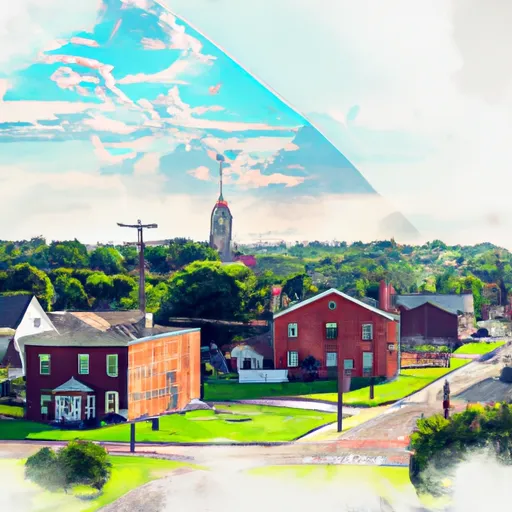°F
°F
mph
Windspeed
%
Humidity











Rudolph, Ohio is a charming village located in Wood County in the northwestern part of the state. The area experiences a humid continental climate, characterized by four distinct seasons. Summers are warm and humid, with average temperatures ranging from the mid-70s to low 80s Fahrenheit. Winters are cold, with temperatures often dropping below freezing, and snowfall is common.
Hydrologically, Rudolph is situated near the Portage River, which flows through the region, providing scenic beauty and recreational opportunities. The river also supports a diverse ecosystem, with various aquatic flora and fauna.
Outdoor enthusiasts in Rudolph can enjoy several recreational activities. The village boasts numerous parks offering facilities for picnicking, hiking, and camping. The nearby Portage River provides opportunities for fishing and boating. Additionally, the region is dotted with several nature preserves and wildlife areas, allowing visitors to explore and appreciate the local biodiversity.
In conclusion, Rudolph, Ohio offers a pleasant climate with four distinct seasons. Its proximity to the Portage River provides hydrological richness, while outdoor recreation opportunities abound, making it an ideal destination for nature lovers and outdoor enthusiasts.
Weather Forecast
Rudolph receives approximately 879mm of rain per year, with humidity levels near 83% and air temperatures averaging around 10°C. Rudolph has a plant hardyness factor of 6, meaning plants and agriculture in this region thrive during a short period during spring and early summer. Most plants will die off during the colder winter months.
Regional Streamflow Levels
87
Cubic Feet Per Second
56
Cubic Feet Per Second
1,050
Cubic Feet Per Second
462
Cubic Feet Per Second
Nearby Camping
| Camping Area | Reservations | Toilets | Showers |
|---|---|---|---|
| Bishop Lake - Brighton Rec Area | |||
| Groveland Oaks County Park | |||
| Pontiac Lake State Rec Area | |||
| Appleton Lake - Brighton Rec Area | |||
| Wayne County Fairgrounds RV | |||
| Murray Lake - Brighton Rec Area |



